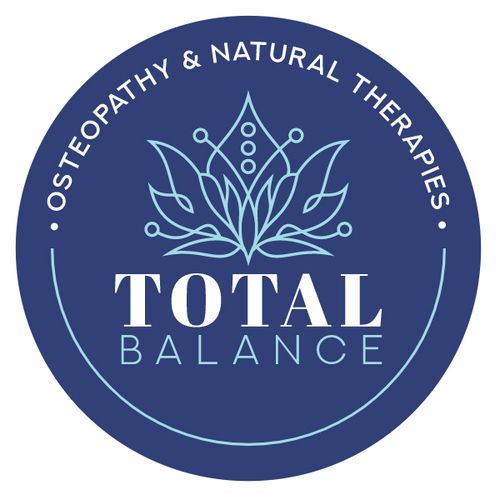Massage is one of those lovely things that sounds like pure luxury—but for people living with osteoporosis, it might actually be a practical form of relief. While massage won’t rebuild bone density, it may help reduce pain, improve circulation, and support overall wellbeing. But there are caveats. So, let’s unpack what the science says, what types of massage are best, and what to watch out for.
What is osteoporosis?
Osteoporosis is a condition where bones become porous, fragile and more likely to break. It’s most common in older adults, particularly postmenopausal women, but it can also affect younger people. Contributing factors include:
-
Hormonal changes (especially reduced oestrogen)
-
Lack of weight-bearing exercise
-
Poor calcium or vitamin D intake
-
Smoking and excessive alcohol
-
Certain medications and medical conditions
Symptoms may include back pain, height loss, and a curved upper spine. But the real danger? Fractures. These can occur even with small bumps or falls.
For more natural ways to support your bones, check out our guide on nutrition for osteoporosis.
What is massage therapy?
Massage therapy involves the manipulation of soft tissues (muscles, tendons, ligaments) to promote relaxation, improve circulation, and relieve pain. There are many types of massage, and the right one for someone with osteoporosis will depend on the person’s condition, pain level, and fracture risk.
Benefits of massage for osteoporosis
Massage can’t reverse osteoporosis, but it may help manage its effects. Some of the reported benefits include:
-
Relief from muscular pain and stiffness
-
Improved lymphatic and blood flow
-
Better posture and flexibility
-
Reduced stress and anxiety
-
Improved sleep
There’s also anecdotal evidence that regular massage can ease the tension that builds up from guarding sore or unstable areas of the body.
Types of massage suitable for osteoporosis
Not all massages are created equal—especially when bones are fragile. Here’s a look at what might work and what to be cautious about.
Swedish massage
This gentle, flowing technique uses long, light strokes, making it one of the safest options for people with osteoporosis. Benefits include:
-
Relaxation and stress relief
-
Pain reduction
-
Better circulation
It's generally well-tolerated and can be adapted to suit different comfort levels.
Lymphatic drainage massage
Also known as manual lymphatic drainage (MLD), this massage uses soft, rhythmic strokes to encourage the flow of lymph fluid. For those with osteoporosis, potential benefits include:
-
Reduced swelling or fluid retention
-
Boosted immune function
-
Deep relaxation
Because it's so gentle, it’s often considered a low-risk option—especially for those also dealing with medication side effects or inflammation.
Deep tissue massage
This one’s a maybe. Deep tissue massage targets deeper muscle layers and connective tissue—which can be helpful for tension but may be too aggressive for people with advanced osteoporosis.
If used, it must be highly modified, with:
-
Light pressure only
-
No work near fracture-prone areas (like the spine, ribs, or hips)
-
Constant communication with the client
Some therapists use a hybrid approach, using deep tissue techniques only on muscles that are not close to vulnerable bones.
Hot stone massage
While hot stone massage can feel wonderful, it may pose risks for those with osteoporosis:
-
The weight and heat of the stones could stress fragile bones
-
Heat sensitivity is more common in people with certain medications or co-morbidities
Unless your doctor gives the green light and you’re working with a highly trained therapist, it’s usually best to skip this one.
Precautions before getting a massage
Massage can be safe for osteoporosis with the right precautions:
-
Consult your doctor first—especially if you’ve had recent fractures or are on medication that thins the bones
-
Choose a qualified therapist experienced with osteoporosis clients
-
Speak up about your condition before the session begins
-
Opt for gentler techniques, and avoid sudden stretches or pressure on sensitive areas
And of course, always say something if you feel any discomfort during the session.
Can massage improve bone density?
Short answer? No.
Massage doesn’t directly stimulate bone growth or density. For that, you’ll need to look into:
-
Weight-bearing exercise
-
Adequate calcium and vitamin D
-
Medications prescribed by your doctor
That said, massage can still support your overall health and help you stay active and mobile—which indirectly contributes to maintaining bone strength.
You might also find our article on holistic treatments for osteoporosis helpful for exploring other natural support options.
Massage as part of a holistic approach
Massage therapy works best when it’s part of a bigger wellness plan. Here’s what that might look like:
| Component | Why it helps |
|---|---|
| Weight-bearing exercise | Stimulates bone formation |
| Healthy diet | Supports bone and muscle health |
| Massage therapy | Reduces pain, promotes relaxation |
| Physiotherapy | Improves strength and balance |
| Mindfulness practices | Lowers stress and inflammation |
Each piece helps manage osteoporosis more effectively and improves quality of life.
Final thoughts
Massage can be a gentle ally for people living with osteoporosis. It won’t fix everything, but it can ease discomfort, improve circulation, and help you feel more at home in your body. The key is working with someone who understands the condition and knows how to adapt their technique.
You can find qualified massage therapists near you on Natural Therapy Pages.









